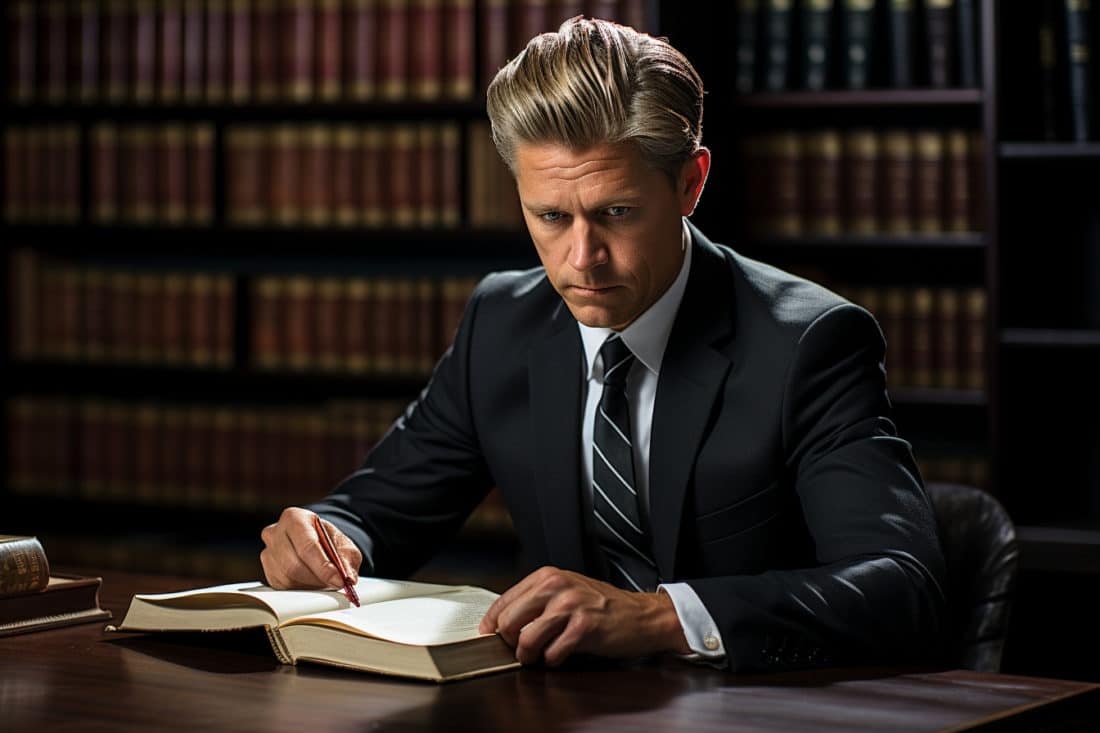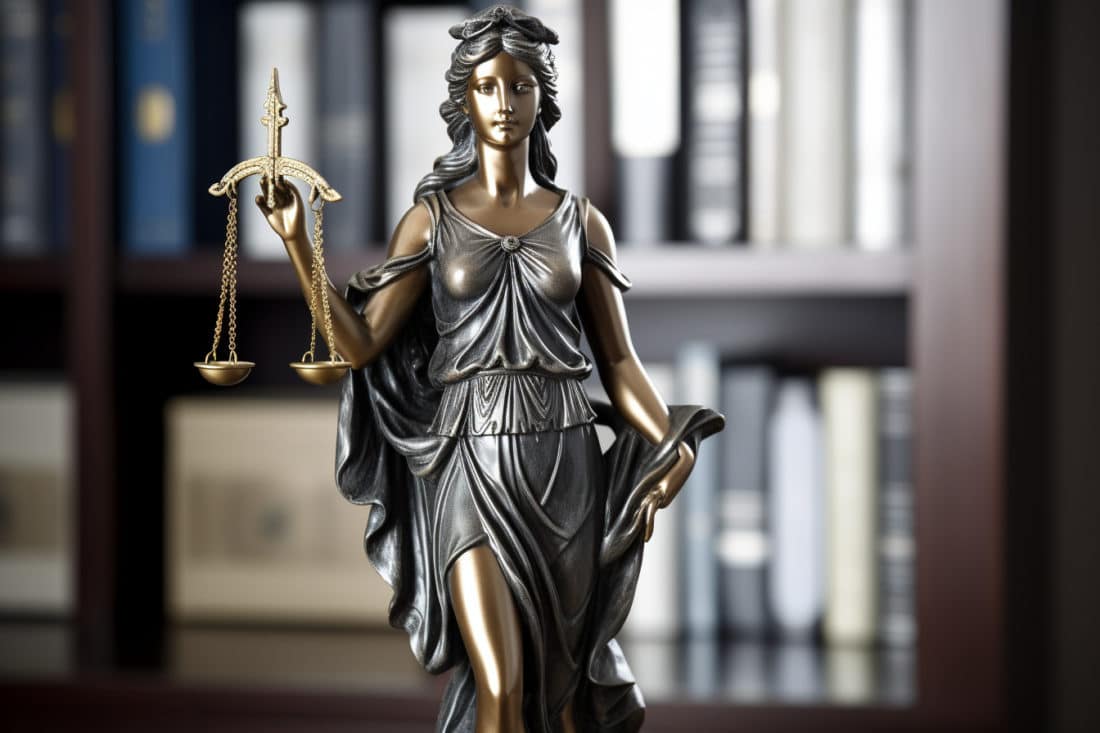The question of whether an intelligence-generated image is copyrighted is quite pertinent. In reality, the subject is complex, and is subject to legislative changes in different countries. In the face of such dazzling progress, some official institutions have not hesitated to speak out. Find out if copyright applies to AI-generated images.
Two types of AI creations for images

According to a handbook produced by copyright lawyers and distributed by the French Ministry of Culture, there are two types of AI creations concerning images. Distinguishing between them allows us to define the contours of the issue at hand.
The first case refers to computer-aided creations. They are independent of the AI software, which simply acts as a tool in the human-supervised creation process. In the second case, creations are generated spontaneously by artificial intelligence, with no human intervention as a determining factor in the creation process.
These elements raise the question of the applicability of copyright to the creation of works using artificial intelligence, outside the existing legal frameworks. In the first of these cases, it is possible to consider that the author’s intervention remains and can be protected by specific rights. Conversely, in the case of a creation generated spontaneously by artificial intelligence, the debate is fairly wide-ranging.
Who can claim authorship of an image created by artificial intelligence?

In most cases, the intellectual property of images generated by artificial intelligence is attributed to the person or company who created the model or program. This means that even if the images are based on indications provided by others, the creator of the model or program is generally considered to be the copyright holder.
However, if the images are considered as work carried out on behalf of a third party, the copyright may belong to the person or company who commissioned the creation of the images. Let’s take the example of a customer who hires a graphic designer to generate images using AI. The customer is likely to be recognized as the owner of the image. At least to a certain extent and for a specific use.
It is also important to note that intellectual property can be shared between several parties in certain cases. Based on a case where a company hires the services of a graphic designer and provides him with a learning model that serves as the basis for his work, the digital work generated could be the subject of a sharing of intellectual property between the two parties.
The position of the American authorities
It’s important to mention the position of the American authorities on this subject, since the European authorities may be aligning themselves with these decisions in the near future. In 2023, the USCO, the Copyright Office of the United States of America, recently stated that visual content produced by artificial intelligences could not benefit from copyright. Even if AIs work on the basis of human parameters in order to generate results, it is not possible to recognize the authorship of the works produced via copyright.
According to the USCO, the degree of creativity is essential in determining whether a work is protected by copyright. However, artificial intelligence models are currently unable to reproduce this creativity without the intervention of a human being. On the other hand, people using the services of artificial intelligence do not have absolute control over how these works are produced. They are therefore not eligible for copyright.
In the United States, artificial intelligence software publishers are facing legal action. In fact, they are accused of infringing the copyright of the artists whose works feed the databases. The judgments are eagerly awaited by the industry, as they will serve as precedents.
The world of visual content creation is about to undergo a revolution in terms of copyright. The whole of society could evolve in its relationship to the production of visual works. It’s important to recognize that in this debate on the copyright of automatic visual creations, the talents of AI designers are not mentioned. However, deploying such tools requires the mobilization of a wide range of skills. The stakes are not limited to intellectual property rights. Indeed, philosophical orientations underlie our relationship with art and artificial intelligence.

